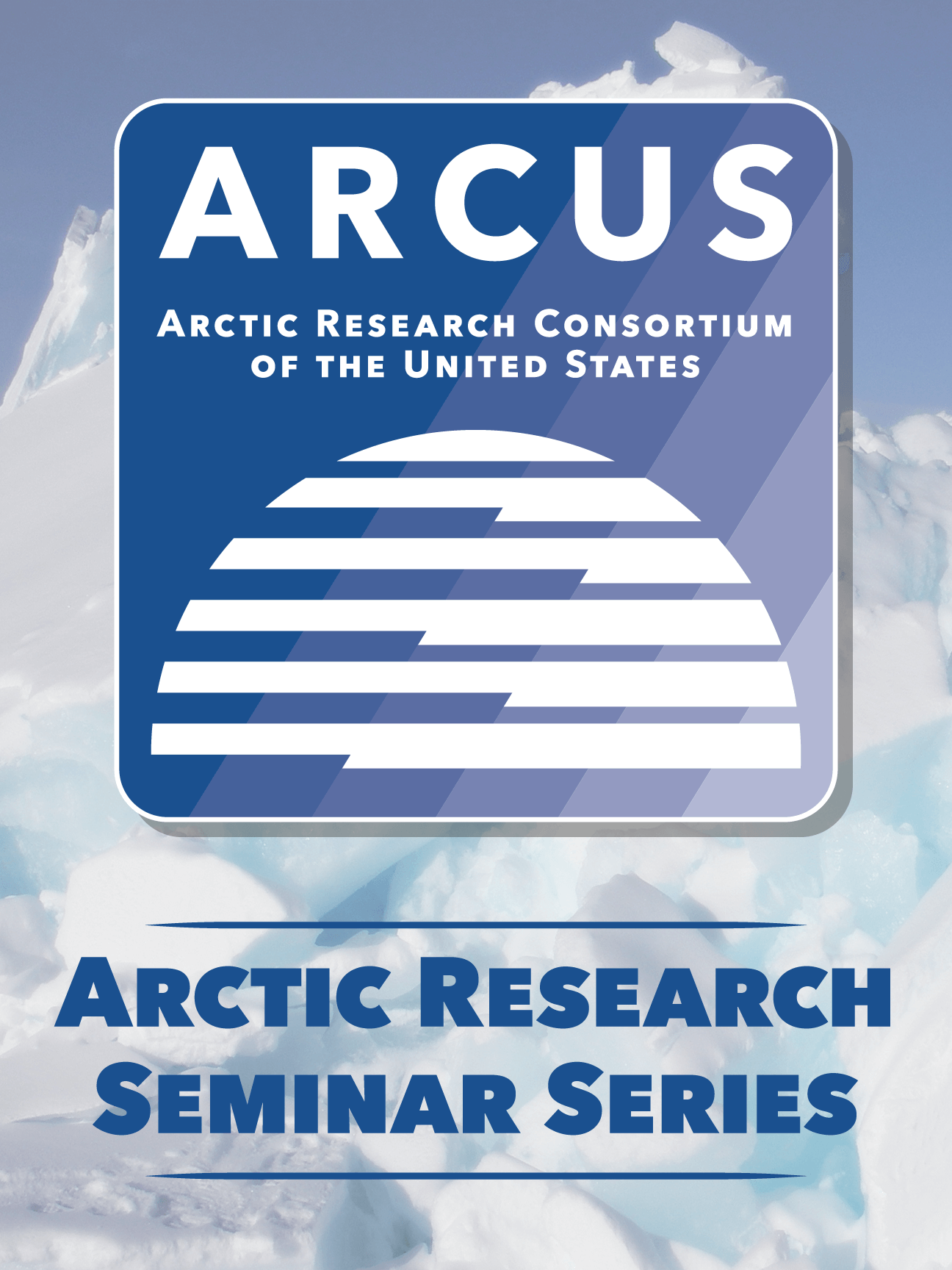Robert Holzworth: Lightning in the Arctic - 10 March 2022
Presentations
The World Wide Lightning Location Network (WWLLN) data on global lightning are used to investigate the increase of total lightning strokes at Arctic latitudes. We use the summertime data from June, July, and August (JJA) which average >200,000 strokes each year above 65oN for the years 2010 – 2020. We minimize the possible influence of WWLLN network detection efficiency increases by normalizing our results to the total global strokes during northern summer each year.
The ratio of strokes occurring above a given latitude, compared to total global strokes, increases with time, indicating that the Arctic is becoming more influenced by lightning. We compare the increasing fraction of strokes with the NOAA global temperature anomaly, and find that the fraction of strokes above 65oN to total global strokes increases linearly with the temperature anomaly, and grew by a factor of three as the anomaly increased from 0.65 to 0.95 degrees C.

